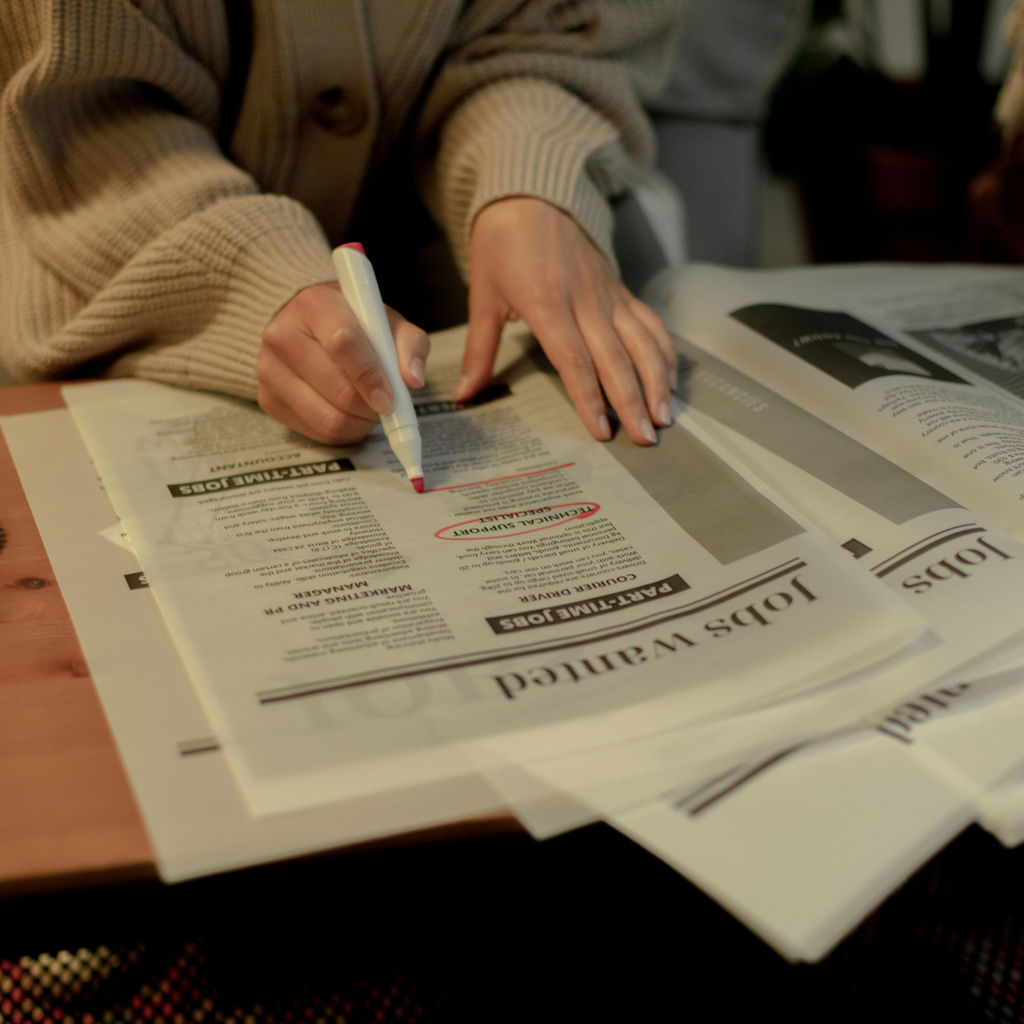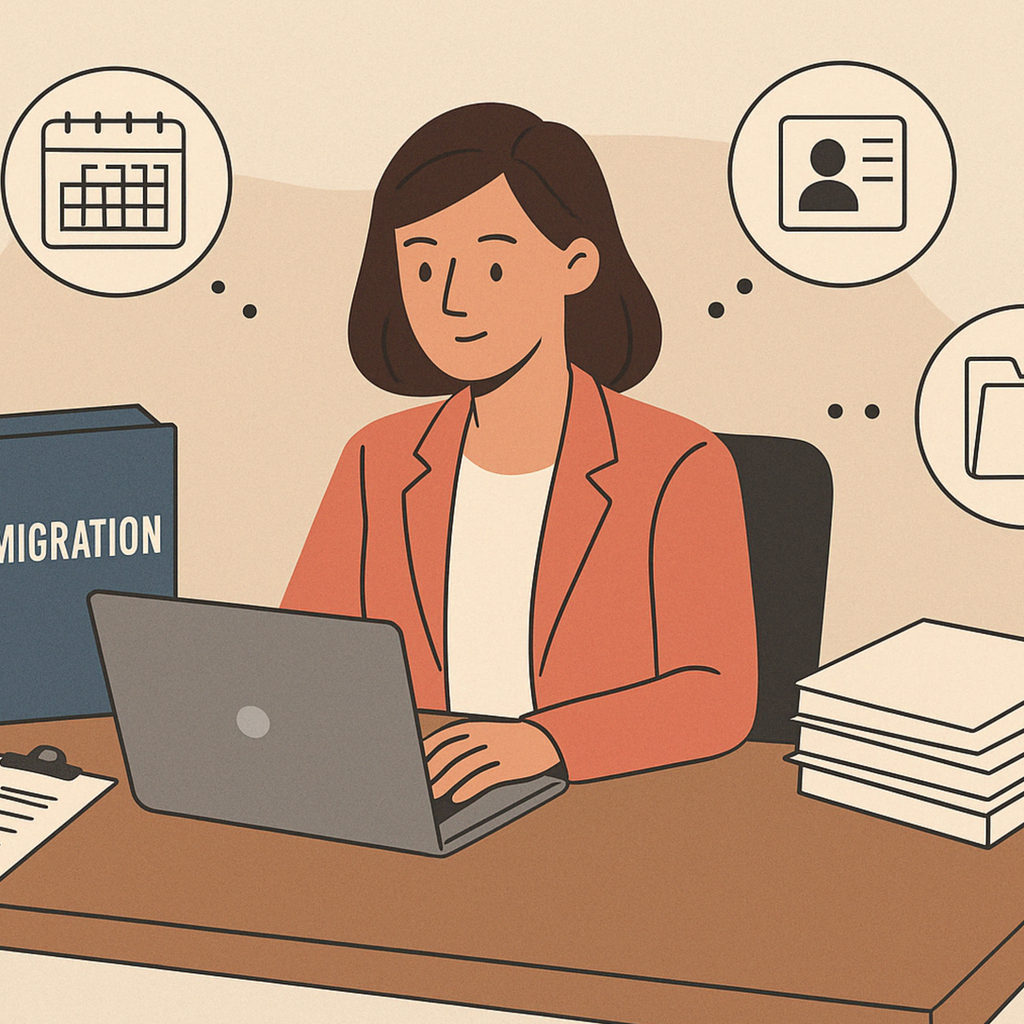Effective date: Tuesday, September 2, 2025.
What changed
The State Department is narrowing who can skip a consular interview for nonimmigrant visas. Most applicants will now need an in-person interview again, with only narrow exceptions.
Limited interview waivers remain for certain diplomatic categories and a small set of B-1, B-2, and B-1/B-2 renewals that meet strict criteria. Consulates may still require an interview at their discretion.
For HR managers:
If you only have a minute, treat September 2 as the reset for US visa interview requirements in 2025. Assume most employees who need a new visa stamp will require an in-person interview. Start DS-160 and MRV payments now, pick consulates using the Global Visa Wait Times page, and build buffers for travel and possible 221(g). Consider Automatic Revalidation for very short trips where it legally applies.
Why US visa interview requirements matter for HR in 2025
If your team handles travel or visa renewals, treat September as a new baseline for US visa interview requirements in 2025.
Expect longer lead times, more travel, and tighter sequencing across LCAs, petitions, client work, and stamping.
Many H, L, O, P, E, F, M, and J travelers who relied on “dropbox” renewals will be sent to interviews again. Build buffers and plan approvals accordingly.
What is still interview-waiver eligible
- Diplomatic and official classes: A, G, NATO, TECRO E-1, and certain diplomatic or official visas.
- Very limited visitor renewals: In some U.S. embassies, full-validity B-1, B-2, and B-1/B-2 renewals may qualify within a short window if the prior visa was issued when the traveler was at least 18, filed in the country of nationality or residence, and there are no refusals or ineligibilities. Always check the embassy’s or consulate's current rules. Officers can require an interview even if a case appears eligible.
The 10-day triage plan for People Leaders
Day 1–2. Map risk.
- Pull a list of foreign national employees and contractors who may travel before December 31, 2025.
- Flag anyone with an expiring visa or first-time stamping after a change of status.
Day 3. Set travel rules for Q3 and Q4.
- Pause nonessential international travel for anyone who will need a new visa stamp.
- Require manager approval for exceptions with a written risk plan.
Day 3–4. Enter the queue and book interviews.
- Have travelers complete the DS-160 and pay the MRV fee to unlock appointment scheduling.
- Use the official Global Visa Wait Times page to compare consulates and monitor for cancellations.
Day 4. Align immigration with work timelines.
- Sequence LCAs, petition filings, client deliverables, and project start dates around interview slots.
- Add time for possible 221(g) administrative processing.
Day 5. Prep document packets per traveler.
- Passport, I-797 approvals, employment verification letter with role and salary, client letters if relevant, prior visas and I-94s, compliance history, and any export control attestations.
Day 6. Consider Automatic Revalidation for short trips.
- In limited situations, a traveler with an expired visa may reenter from Canada or Mexico, or certain adjacent islands, after fewer than 30 days if they have a valid I-94.
- It is not a visa renewal, and it does not fit every status.
- Do not attempt a visa application during the trip. Confirm eligibility before approving.
Day 7. Communicate to employees.
- Send a concise companywide note: what changed, who is impacted, how to request help, and how to escalate. Assign one intake form and one owner.
Day 8. Vendor posture.
- Ask your counsel or provider for post-specific strategies and earliest appointment playbooks. Reassess every week as queues move.
Day 9. Budget and coverage.
- Account for travel, possible rebooking fees, and backfill plans while travelers are abroad.
Day 10. Dashboard and alerts.
- Track interview dates, passport return windows, and any 221(g) cases.
- Review every Monday with People Ops and affected leaders.
FAQ for busy executives
Does this affect students and interns?
Yes. Many F, M, and J applicants who used interview waivers during the pandemic period should expect in-person interviews again, subject to the narrow exceptions each post allows.
Will wait times spike?
Plan as if they will. Use the Global Visa Wait Times table to compare posts and check weekly for new slots. Some systems show the next available month rather than a daily estimate.
Can H-1B employees avoid travel with domestic renewal?
The 2024 domestic H-1B renewal was a limited pilot. Do not assume broad domestic renewal availability. Check the current State page for any active programs before planning.
Can we use Automatic Revalidation instead of renewing?
Sometimes. It can help with short trips to contiguous territory for certain statuses, but it is not a renewal, and the rules are strict. Confirm eligibility on the State site before approving any trip.
Copy-paste checklist for HR
- Identify travelers who may need a new visa stamp between now and December 31, 2025.
- Check whether any traveler fits the narrow B-1 or B-2 renewal exception; otherwise, plan for interviews.
- Complete DS-160 and pay MRV to enter the scheduling queue.
- Use the Global Visa Wait Times page to choose posts and monitor for cancellations.
- Build interview timing into LCAs, client schedules, and PTO.
- Prepare document packets and role letters in advance.
- Evaluate Automatic Revalidation for short trips where legally allowed.
- Stand up a simple tracker and a weekly review with People Ops and Legal.
Sources:
- U.S. Department of State policy update published July 25, 2025, effective September 2, 2025.
- Global Visa Wait Times (travel.state.gov).
- Automatic Revalidation guidance (travel.state.gov).
Disclaimer: Content in this publication is not intended as legal advice, nor should it be relied on as such. For additional information on the issues discussed, consult a WayLit-affiliated attorney or another qualified professional.


.svg)


